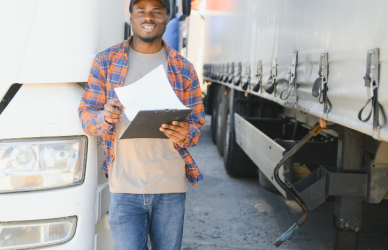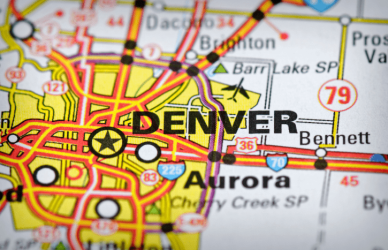Extreme weather events like snowstorms, hurricanes, and floods are becoming more common, leading to frequent disruptions in last-mile delivery. These challenges often result in late deliveries, dissatisfied customers, and increased operational costs. However, with the help of modern technology and strategic planning, businesses can significantly reduce the impact of these weather-related issues. In this article, we discuss practical strategies to manage weather delays in last-mile delivery, ensuring customer satisfaction remains high.
Enhance Customer Engagement Through Proactive Communication
Keeping your customers informed during weather disruptions is crucial. When severe weather such as hurricanes or snowstorms threatens delivery schedules, real-time updates can maintain customer trust and satisfaction.
Best Practices:
- Automated Alerts: Set up automated email and SMS notifications to alert customers about potential delays or cancellations, reducing anxiety and freeing up customer service resources.
- Rescheduling Options: Incorporate rescheduling links in notifications, allowing customers to select convenient delivery times, thus offering them a sense of control over the situation.
Utilize Real-Time Monitoring for Delivery Operations
Having real-time insights into delivery operations is essential when facing weather challenges. A comprehensive dashboard can provide up-to-the-minute information on your fleet’s status, including the exact location of vehicles and packages.
Best Practices:
- Live Tracking Systems: Implement systems that offer real-time updates on vehicle locations, estimated delivery times, and status, facilitating quick decision-making in case of delays.
- Configurable Alerts: Establish alerts for potential delays or adverse weather conditions, enabling managers to reroute deliveries or adjust schedules efficiently.
Optimize Routes Quickly with Advanced Technology
Route optimization software is indispensable when dealing with weather-induced disruptions. The right tools can reroute deliveries around obstacles caused by severe weather and allow for on-the-fly adjustments to delivery schedules.
Best Practices:
- Dynamic Route Adjustment: Use software that can adapt routes in real-time based on current weather and traffic conditions, ensuring timely deliveries without compromising driver safety.
-
- Efficiency Maximization: Utilize smart routing to consolidate deliveries, ensuring trucks are fully loaded to optimize efficiency and reduce fuel consumption.
Leverage Alternative Delivery Methods
In severe weather, traditional door-to-door delivery may become impractical. Alternative solutions like smart parcel lockers and eco-friendly delivery methods such as electric bikes or drones can help maintain delivery consistency.
Best Practices:
- Parcel Lockers: Deploy strategically located smart lockers, allowing customers to collect their packages conveniently, easing the burden on your fleet.
- Drones and Electric Bikes: Utilize drones to bypass ground-level obstacles and electric vehicles for their resilience in difficult weather conditions and environmental benefits.
Stay Prepared with Predictive Analytics
While some weather events are unpredictable, many can be anticipated with advanced forecasting tools. By leveraging predictive analytics, businesses can proactively adjust schedules to mitigate disruption.
Best Practices:
- Forecasting Tools: Implement predictive tools to anticipate weather disruptions and adapt delivery plans accordingly, adjusting resources such as staffing and vehicle deployment.
- Strategic Inventory: Position essential goods closer to areas likely to be impacted, reducing delivery times when conditions improve.
Diversify Your Delivery Fleet for Greater Resilience
A diverse delivery fleet featuring trucks, electric vehicles, drones, and bikes can help overcome various weather-related challenges. Different vehicles excel under different conditions, providing multiple options for successful deliveries.
Best Practices:
- Invest in Electric Vehicles: These are less susceptible to weather-related issues and align with sustainability goals.
- Incorporate Drones and Robots: In scenarios involving floods or snow, drones and robots offer effective alternatives to conventional delivery methods.
Weather-related disruptions in last-mile delivery are unavoidable, but with strategic planning and the right tools, businesses can minimize their impact. Through proactive communication, real-time monitoring, and dynamic route optimization, companies can maintain smooth operations even during challenging weather. By adopting innovative technologies like parcel lockers, drones, and electric vehicles, businesses can enhance their delivery capabilities and keep customers satisfied irrespective of weather conditions.








